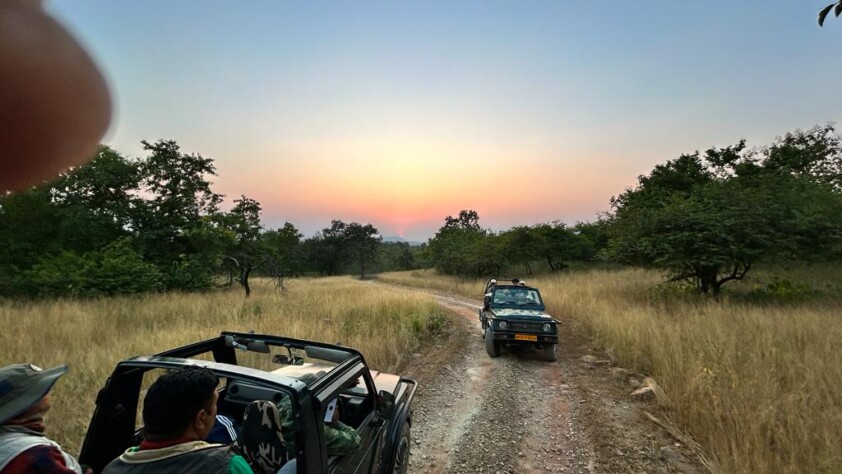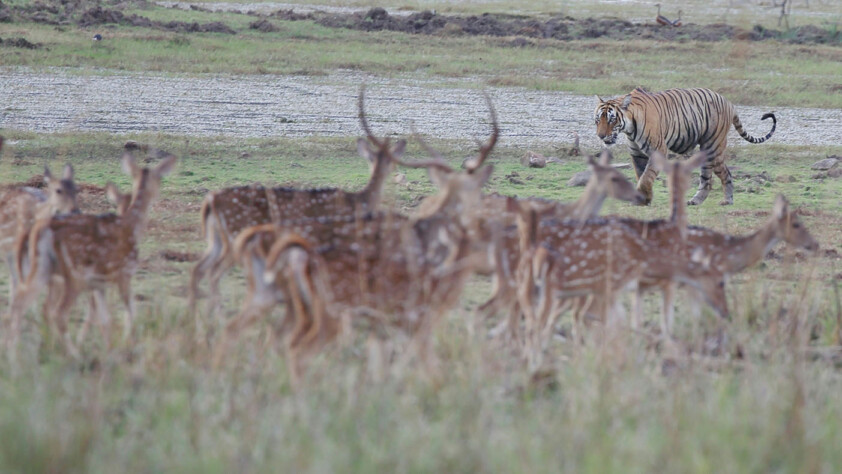
Exploring Pench National Park: A Wilderness Haven
Nestled in the heart of India, straddling the states of Madhya Pradesh and Maharashtra, Pench National Park is a haven of biodiversity and natural beauty. Spread across an area of 758 square kilometers, this park is not only a sanctuary for wildlife but also a testament to India’s rich ecological heritage. Named after the Pench River, which flows through the park, Pench National Park offers a unique blend of lush landscapes, diverse fauna, and a storied history that has inspired both literature and conservation efforts.
Historical Significance and Inspiration
Pench National Park is historically significant and culturally resonant, particularly due to its connection with Rudyard Kipling’s “The Jungle Book.” Kipling’s enchanting tales of Mowgli and his adventures in the Indian jungle were inspired by the verdant forests and rich wildlife of Pench. The park’s landscapes and its inhabitants have thus been immortalized in literature, capturing the imagination of readers around the world and drawing attention to the importance of wildlife conservation.
Biodiversity and Ecosystems
Pench National Park is characterized by a rich tapestry of flora and fauna, thriving in its diverse ecosystems. The park’s terrain includes undulating hills, expansive meadows, dense forests, and the serene Pench River, which nourishes the land and its inhabitants.
1. Mammals:
- The park is home to a variety of mammal species, with the Bengal tiger being the most iconic. Pench’s tiger population is a major draw for wildlife enthusiasts and photographers. Other significant mammals include leopards, Indian bison (gaur), wild dogs (dhole), sloth bears, and several species of deer such as chital, sambar, and barking deer. The presence of these predators and prey indicates a healthy and balanced ecosystem.
2. Birds:
- Pench National Park is a paradise for bird watchers, boasting over 250 species of birds. Prominent avian residents include the Indian pitta, Malabar pied hornbill, osprey, and white-eyed buzzard. The park’s diverse habitats, from riverbanks to grasslands, provide ideal conditions for a wide variety of bird species, both resident and migratory.
3. Reptiles and Amphibians:
- The park supports a range of reptiles, including the Indian rock python, king cobra, and several species of turtles and lizards. Amphibians such as frogs and toads thrive in the park’s moist environments, particularly during the monsoon season.
4. Flora:
- The vegetation of Pench is predominantly tropical dry deciduous forest, with teak being the dominant tree species. Other significant trees include Mahua, Tendu, and various species of acacias. The forest floor is carpeted with grasses and shrubs, supporting a rich understory that provides food and shelter for numerous species.
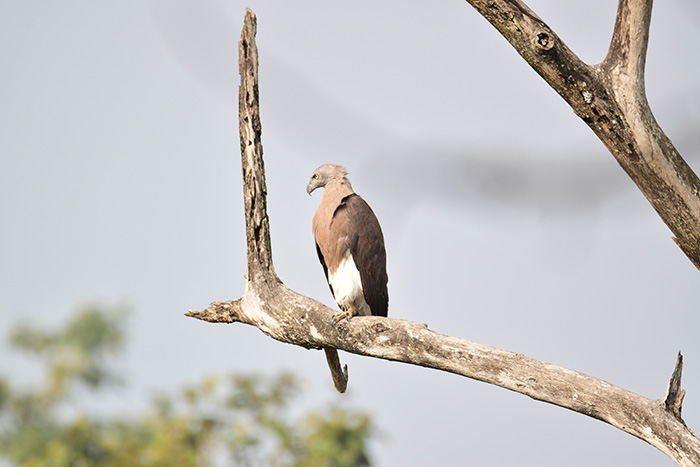
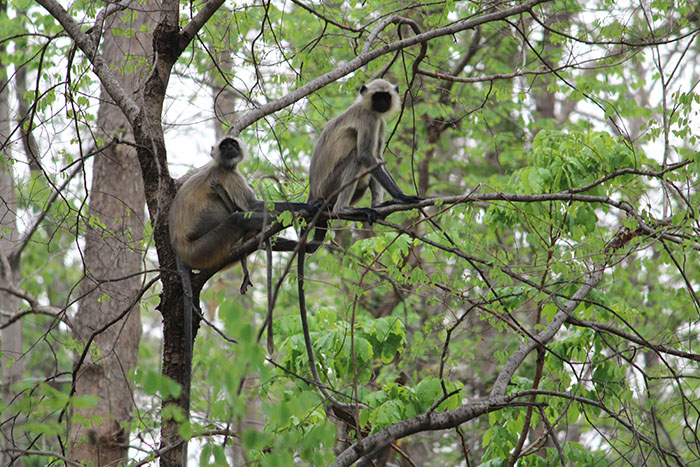
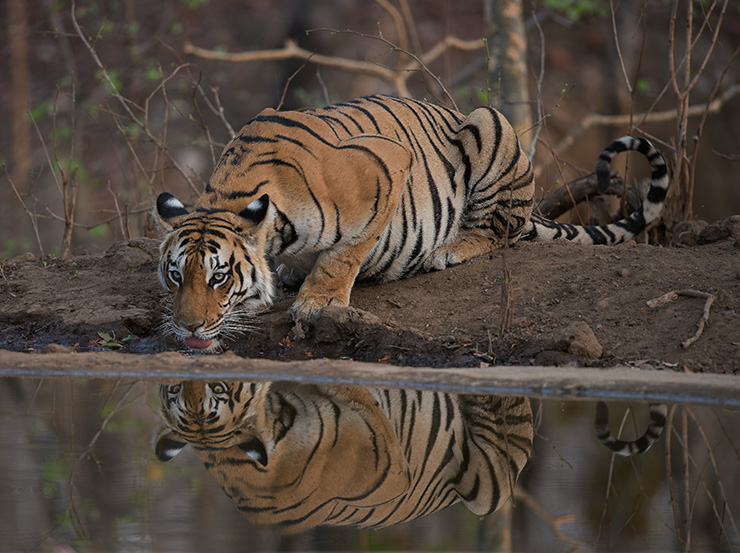
Conservation Efforts
Pench National Park is a critical area for wildlife conservation in India. Efforts to protect and preserve its ecosystems and species have been ongoing for decades, supported by both governmental and non-governmental organizations.
1. Habitat Management:
- Effective habitat management practices are essential for maintaining the health of Pench’s ecosystems. This includes controlled burning of grasslands to promote new growth, managing water resources to ensure availability throughout the year, and preventing encroachment and deforestation.
2. Anti-Poaching Initiatives:
- Anti-poaching measures are rigorously enforced to protect the park’s wildlife, especially its tiger population. Patrolling, surveillance, and community engagement programs help reduce the threat of poaching and promote wildlife protection.
3. Community Involvement:
- Engaging local communities in conservation efforts is vital for the long-term success of the park. Initiatives that provide alternative livelihoods, education, and awareness programs help build a positive relationship between the park authorities and the local population, fostering a sense of shared responsibility for conservation.
4. Research and Monitoring:
- Continuous research and monitoring of wildlife populations and their habitats are crucial for informed conservation management. Studies on animal behavior, population dynamics, and ecological health provide valuable data that guide conservation strategies and actions.
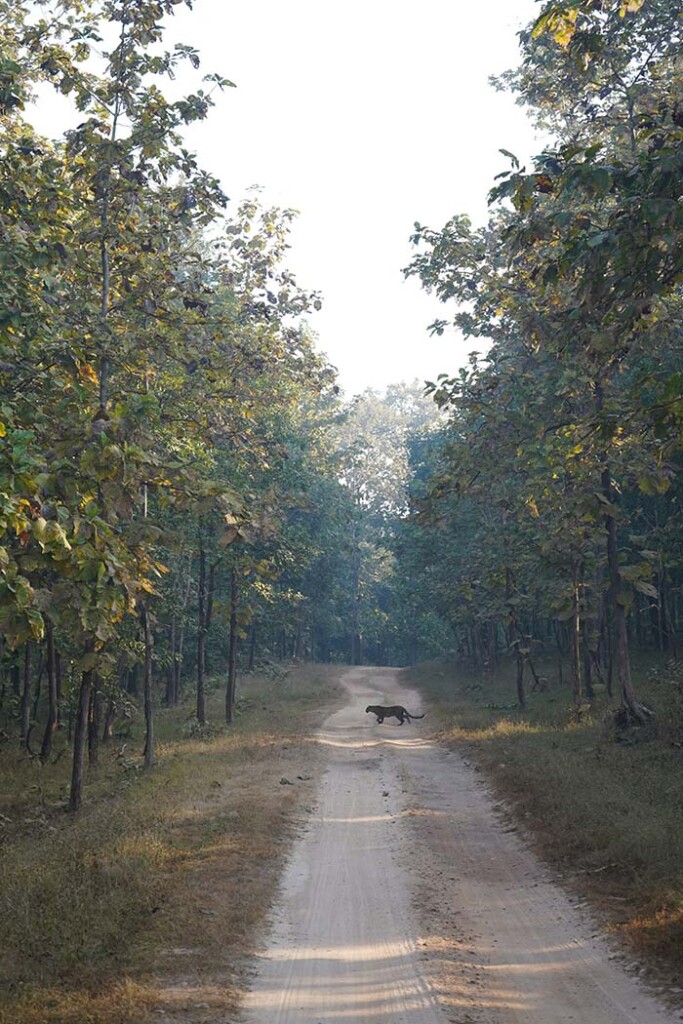
Visitor Experience
Pench National Park offers an immersive experience for visitors, combining the thrill of wildlife sightings with the tranquility of nature. The park is accessible from several entry points, with the Turia Gate in Madhya Pradesh being the most popular.
1. Safari Tours:
- Guided safari tours, both in the morning and evening, are the primary way to explore the park. Open jeep safaris are led by knowledgeable guides and naturalists who enhance the experience by sharing insights about the park’s wildlife and ecology. The chances of spotting tigers are high, particularly in the core areas of the park.
2. Bird Watching:
- The park’s diverse birdlife makes it a prime location for bird watching. Special bird-watching tours can be arranged, allowing enthusiasts to spot and identify various species in their natural habitats.
3. Nature Walks and Trails:
- For those who prefer a slower pace, nature walks and trails offer a closer look at the park’s flora and smaller fauna. These walks are guided by experts who provide detailed information about the ecosystem and the interconnectedness of its inhabitants.
4. Cultural Insights:
- Visiting nearby villages and interacting with the local communities provide cultural insights into the lives of people who have lived in harmony with the forest for generations. The local tribes, such as the Gond and Baiga, have rich traditions and knowledge about the forest and its resources.
Pench National Park stands as a beacon of biodiversity and conservation in India. Its rich wildlife, diverse ecosystems, and successful conservation efforts make it a model for wildlife preservation. Visiting Pench offers more than just a chance to see tigers; it’s an opportunity to connect with nature, understand the complexities of ecological balance, and appreciate the efforts required to maintain such a pristine environment. Whether you are a wildlife enthusiast, a bird watcher, or a nature lover, Pench National Park promises an unforgettable journey into the heart of India’s wilderness.

